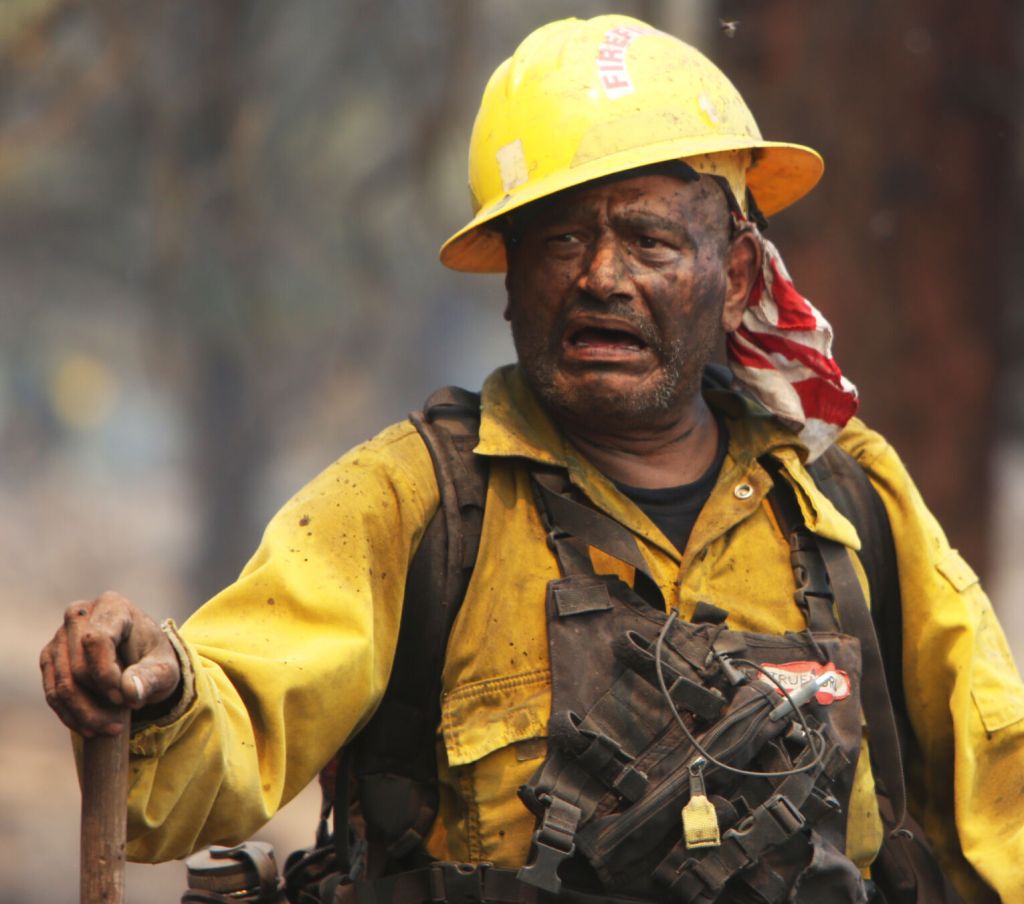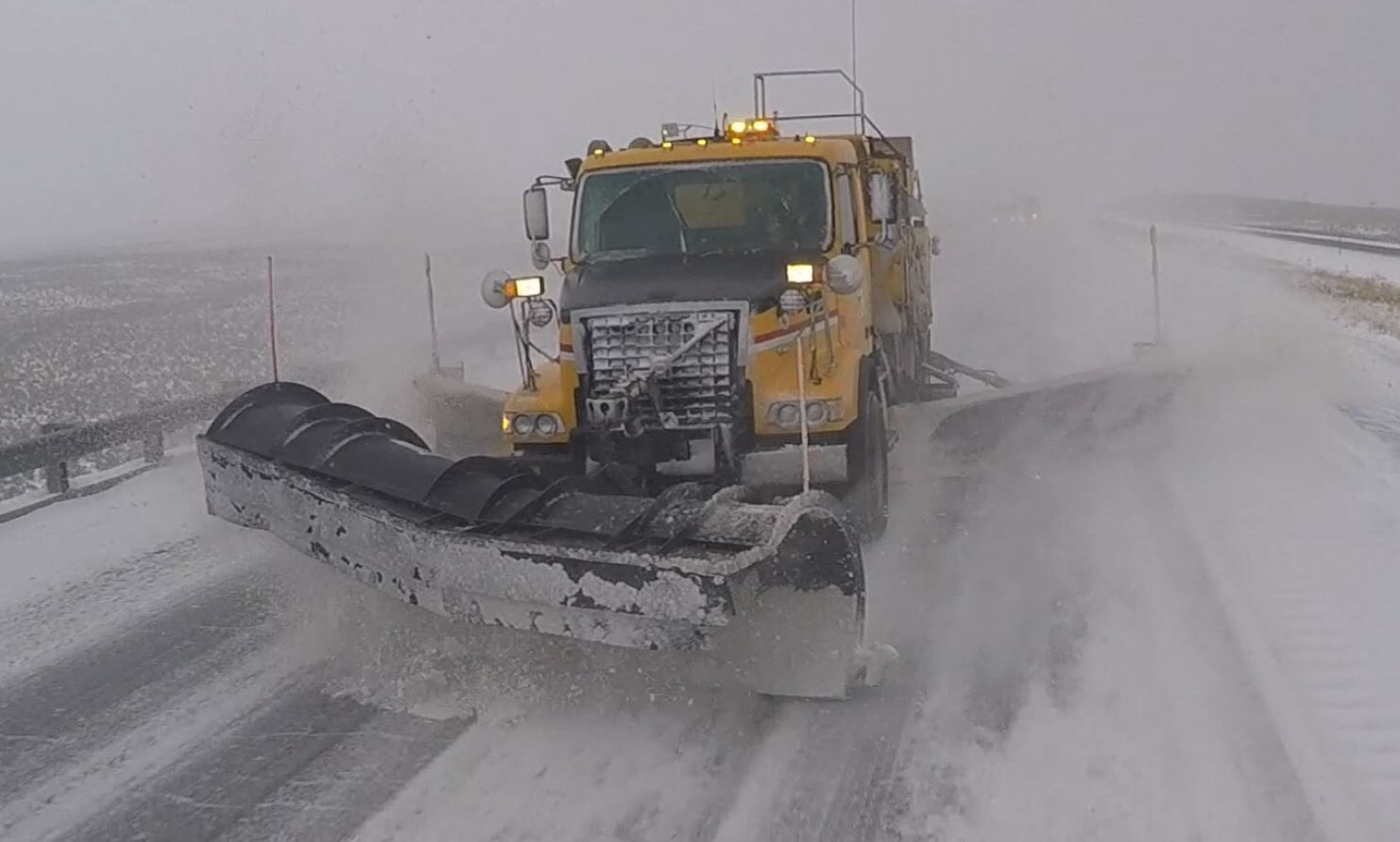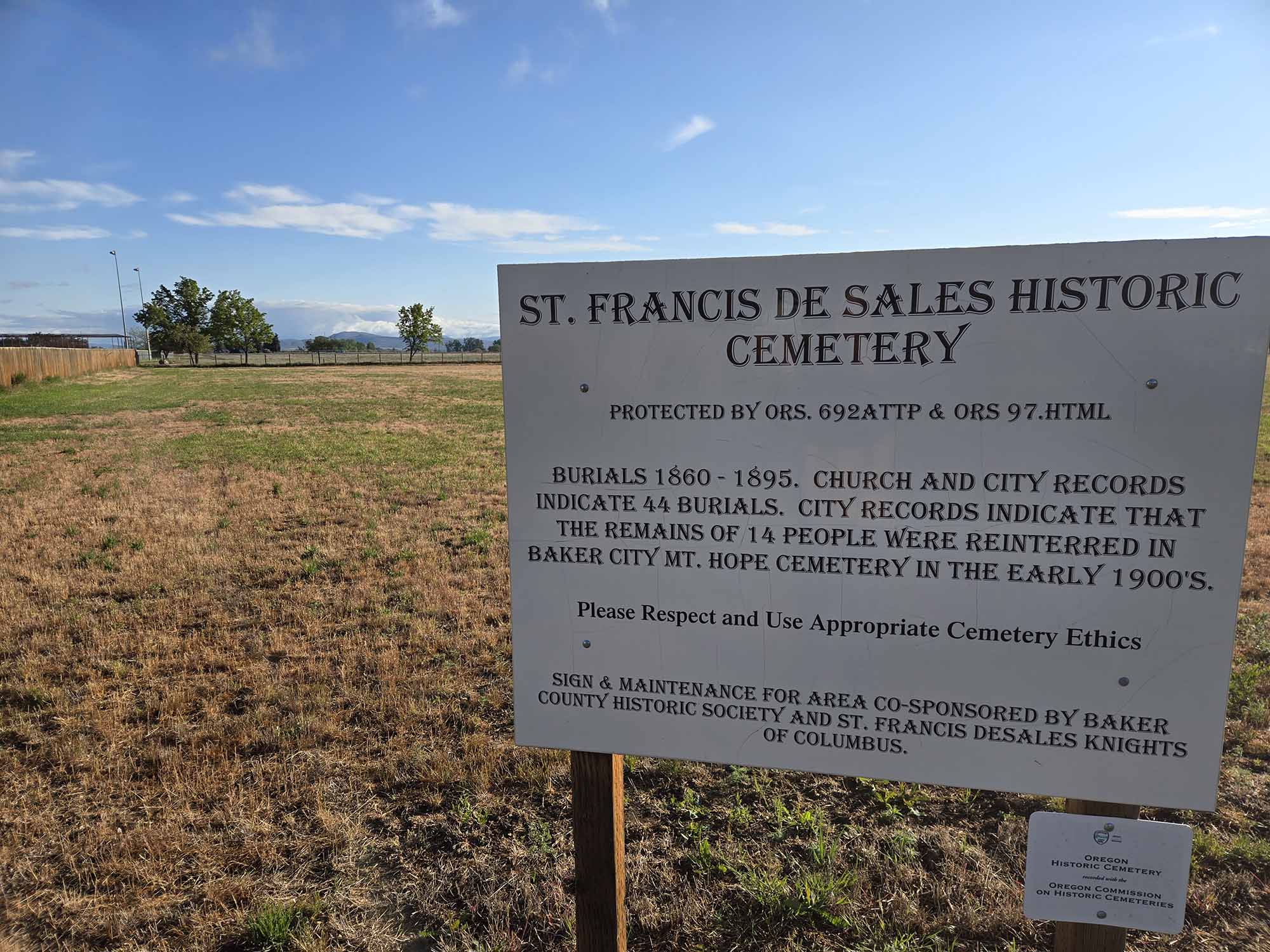Some federal firefighters still waiting for promised pay raise
Published 7:57 am Sunday, June 5, 2022

- Firefighter, Rick Ontiveroz takes a minute to breathe while battling the Grandview Fire near Sisters in 2021. Some federal firefighters are still waiting for pay raises promised last year by President Biden
Federal firefighters still haven’t received a pay boost approved last year.
Trending
It’s not known which employees will get the money once it is implemented. In some high-risk areas, the U.S. Forest Service has only half the staff it needs.
Meanwhile, the number of acres burned as of June 1 was 112% higher than the 10-year average, according to the government’s wildland fire outlook. Drought, heat and wind are creating additional fire hazards.
Yet the nation risks losing wildland firefighters because a pay hike, signed into law by President Joe Biden in November as part of his massive infrastructure act, has not been delivered. Under the law, that boost would only apply to firefighters in “a specified geographic area in which it is difficult to “recruit or retain” them. It provides for increasing annual pay by $20,000 or 50% of base pay, whichever is less.
Trending
Officials say they are still studying recruitment and retention data to decide where to deliver the raises — but firefighters say those challenges apply everywhere, and so should the pay boosts.
“All federal wildland fire agencies are experiencing some hiring, recruitment and retention challenges in locations where state and private firefighter wages are out-competing federal firefighter wages, housing costs are not affordable, and positions are in remote locations, especially with our temporary (seasonal) firefighters,” the Forest Service said in a statement. “Maintaining our ability to hire and retain firefighters as we see the complexity of the firefighting environment grow exponentially is a challenge that we take seriously.”
In testimony to a Senate Appropriations Interior subcommittee hearing last month, Forest Service Chief Randy Moore said his agency’s staffing levels are at 90% overall. But “it’s as low as 50% in some areas,” he added, citing Oregon, Washington state and California.
“Fifty percent sounds a little scary,” replied the subcommittee’s chairman, Sen. Jeff Merkley, D-Ore., whose home state is in deficient territory.
Recruitment and retention, along with pay, are scary challenges not just for the Forest Service and the Interior Department’s firefighting components, but also for the individuals who risk their lives beating flames.
“Congress appropriated this money months ago, and yet, federal wildland firefighters have still not seen a dime of it,” National Federation of Federal Employees President Randy Erwin complained in a letter Wednesday to top Biden administration officials. “Congress intended this money to move quickly into the hands of wildland firefighters, a very large percentage of whom experience significant difficulty making ends meet on their current salaries.”
Aana Kulaas and her husband, Chad Bresnahan, are Forest Service firefighters in Washington state. Although she has a bachelor’s degree in natural resource science and 23 years of experience, Kulaas, speaking as a union official, said she earned $23,023.52 last year. She had no overtime pay because she had to care for three children.
Her husband did earn overtime pay. Without it, “we would not be able to afford our mortgage or my medical bills,” she added. “Our financial well-being is directly tied to how severe the fire season is. The busier the season, the more money he makes . . . While the overtime keeps us afloat, the downside is all the family time and mental and physical health that must be sacrificed.”
To make matters worse, “we work in an unsupportive environment, so there is no rest and recovery even during the brief offseason,” Kulaas, 42, added. “There’s just this constant cycle of being chewed up and spit out and the expectation to perform at a high level.”
Eric Franta, 45, has fought fires or worked to prevent them in 16 states from Alaska to Florida. The 15-year Forest Service veteran, speaking as a union steward, said he has a “very badly herniated disk” and a burn scar on his back to show for his efforts.
What he doesn’t have is a desire to recommend his job to others.
“In the last couple years, I have begun dissuading folks from pursuing this as anything other than a short-term pursuit of a ‘life experience’ if they desire any semblance of a ‘normal’ life,’” he said by email. What firefighters must do “to make the money juice worth the squeeze, is beyond most folk’s tolerance.”
Franta, of La Grande, said his base pay is $19.68 hourly, not including overtime and hazard pay. The main thing that keeps him on the job is his time off the job. Firefighting is seasonal work, giving Franta four months free. “If I had to do this job year-round,” he said, “I never would have stayed in it past a couple, few years.”
Biden pledged a short-term firefighter pay increase last year and “more than 11,300 firefighters received an additional $24.3 million in pay in 2021,” according to the Forest Service. Officials “are working diligently with the Office of Personnel Management on the increased payments for our employees,” the agency said. “Our goal is to have these payments into paychecks by this summer.” A statement from the Bureau of Land Management said the “pay increases require a more detailed analysis of recruitment and retention to fulfill the goals of the legislation.”
No lengthy study is needed, argues Erwin, the union president.
“In truth, there should be no complex analysis to do. Every geographical area in the country has a proven recruitment and retention problem,” he wrote to Agriculture Secretary Tom Vilsack, Interior Secretary Deb Haaland and Office of Personnel Management Director Kiran Ahuja.
“Our wildland firefighters need pay raises to take effect immediately. Every single federal wildland firefighter is substantially underpaid regardless of their location,” Erwin’s letter pleaded.
“The time for you to act is now.”









